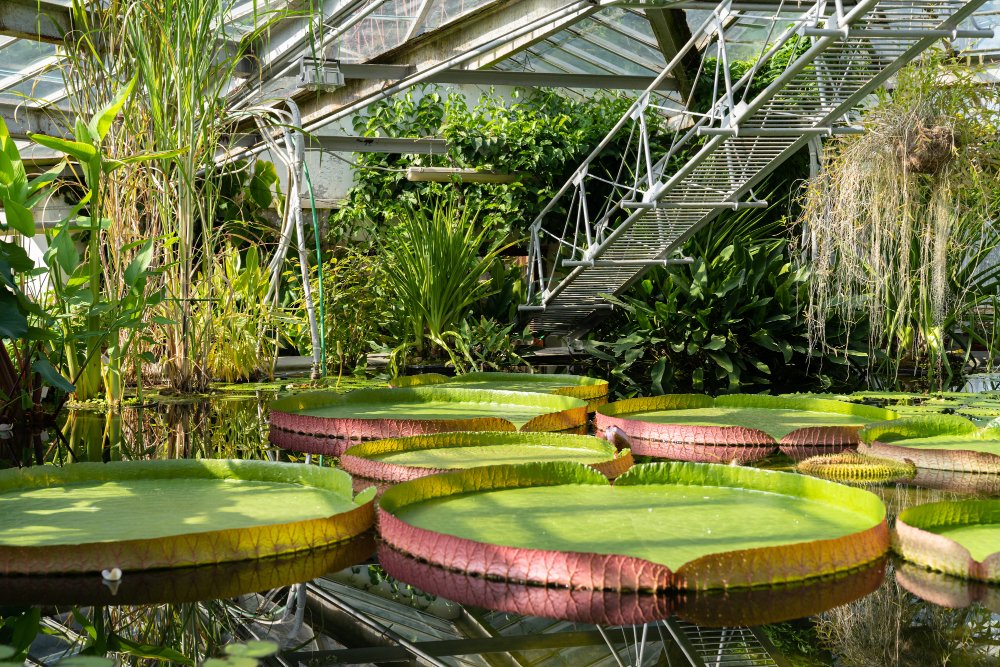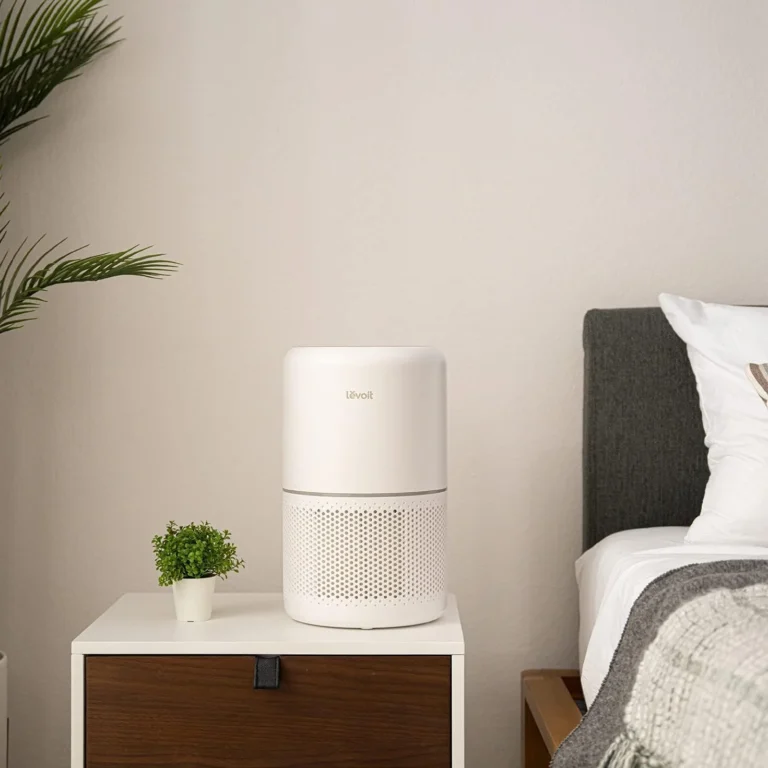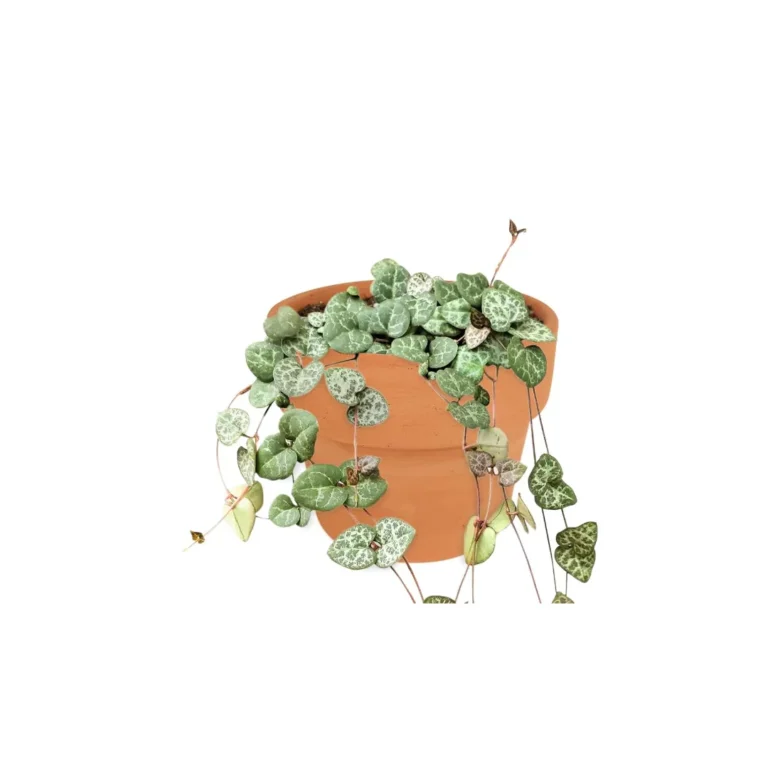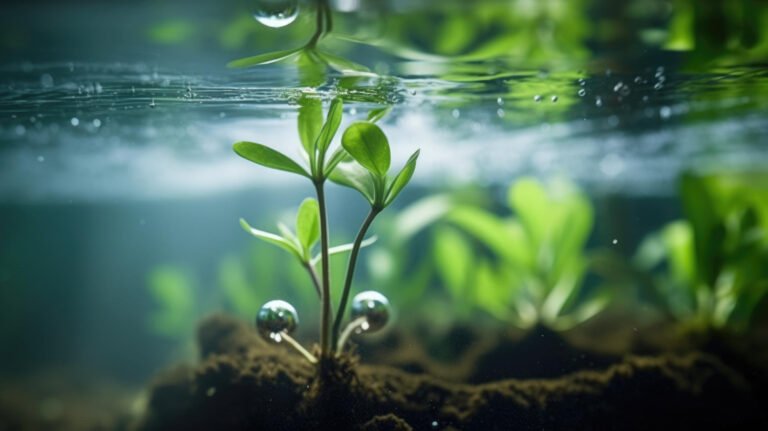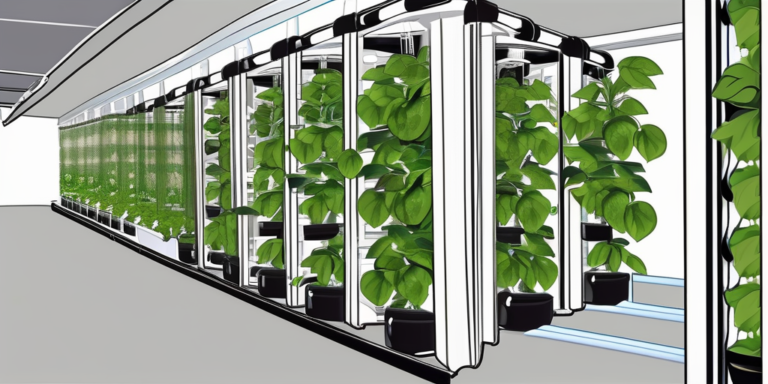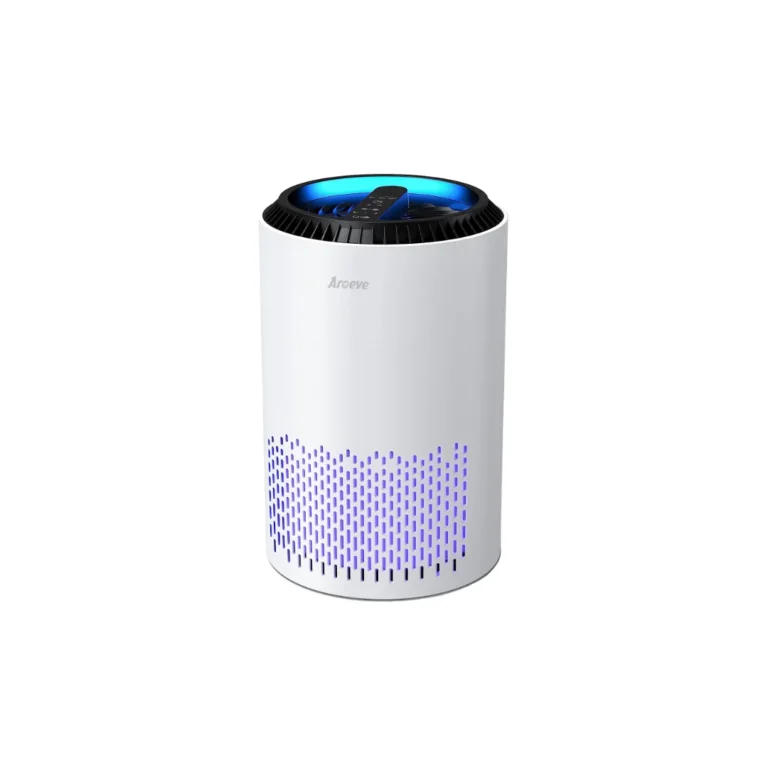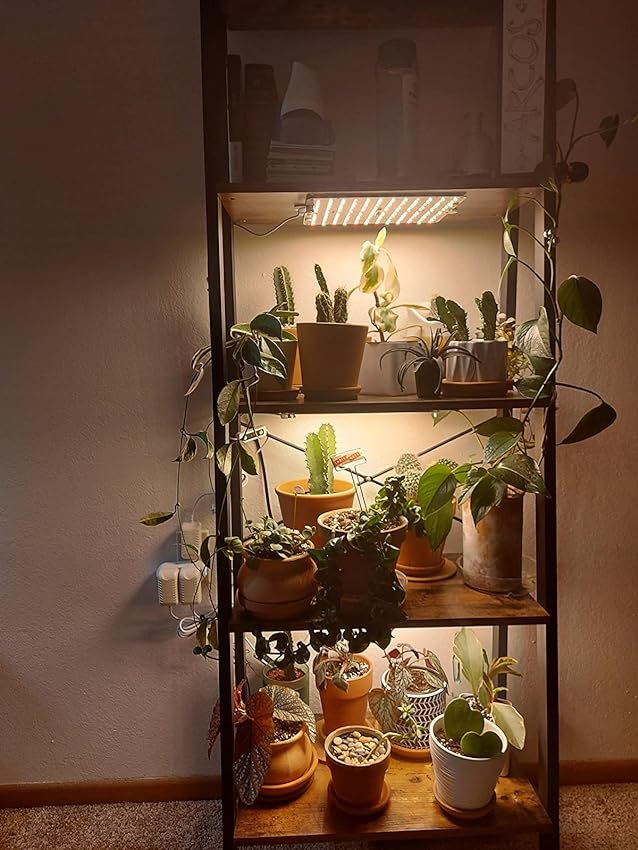Embark on your aquaponic adventure with ‘A Beginner’s Guide to Backyard Aquaponics.’ This blog is your gateway to the fascinating world where aquaculture meets hydroponics, offering a sustainable and efficient way to grow food in your own backyard. Join us as we delve into the fundamentals, step-by-step setup, and maintenance tips for creating your thriving aquaponic ecosystem. Get ready to dive into the harmony of fish, plants, and sustainable gardening practices!
What is Aquaponics?
Aquaponics is a unique and innovative method of gardening that combines aquaculture and hydroponics. It is one of the most popular indoor gardening systems for 2024. In aquaponics, fish and plants form a symbiotic relationship where the fish provide nutrients for the plants, and the plants filter and clean the water for the fish. This creates a closed-loop system that is highly efficient and sustainable. Aquaponics allows you to grow a wide variety of vegetables, herbs, and even fruits in your own backyard, all while enjoying the benefits of fresh and organic produce.
How Does Aquaponics Work?
Aquaponics is a unique and efficient way of growing plants and raising fish in a symbiotic environment. In an aquaponics system, the waste produced by the fish is converted into nutrients for the plants, while the plants filter and purify the water for the fish. This closed-loop system eliminates the need for soil and traditional fertilizers, making it an organic gardening method. The fish provide the necessary nutrients for the plants, and the plants act as a natural filter, keeping the water clean and healthy for the fish. It’s a win-win situation for both the plants and the fish!
Guide to Backyard Aquaponics
Aquaponics offers several benefits that make it an attractive option for backyard gardening. First, it allows you to grow both fish and plants in the same system, maximizing the use of space and resources. Second, it is a sustainable method of gardening as it uses 90% less water compared to traditional soil-based gardening. Third, aquaponics eliminates the need for chemical fertilizers as the fish waste provides the necessary nutrients for plant growth. Additionally, aquaponics can be a great educational tool for children, teaching them about the ecosystem and the cycle of life. Lastly, aquaponics allows you to have fresh and organic produce right in your backyard, reducing your reliance on store-bought produce.
Setting Up Your Backyard Aquaponics System

Choosing the Right Location
Now that you’re ready to set up your backyard aquaponics system, it’s important to choose the right location. Consider factors such as sunlight exposure, accessibility to water, and proximity to a power source. You’ll want to find a spot that receives at least six hours of direct sunlight each day. This will ensure that your plants receive the necessary light for photosynthesis. Additionally, make sure the location is easily accessible to water sources, as you will need to constantly monitor and maintain the water levels in your system. Lastly, being close to a power source will make it convenient for running pumps and other equipment. By selecting a suitable location, you’ll be setting yourself up for a successful aquaponics journey!
Building or Buying a System
When it comes to building or buying a system for your backyard aquaponics setup, you have a few options to consider. If you’re a handy person who enjoys DIY projects, building your own system can be a rewarding experience. There are plenty of resources available online that provide step-by-step instructions and materials lists to help you get started. On the other hand, if you prefer a ready-to-go solution, you can find pre-built aquaponics systems for sale. These systems are designed to be easy to set up and require minimal assembly. Whichever option you choose, make sure to do your research and consider factors such as cost, space availability, and your level of expertise. Finding the right system is an important step in creating a successful backyard aquaponics setup.
Selecting Fish and Plants
Now that you have chosen the right location and built or bought your aquaponics system, it’s time to select the fish and plants that will thrive in your backyard. When it comes to selecting fish, consider their compatibility with the plants you want to grow. Some fish, like tilapia, are known for their fast growth and ability to tolerate a wide range of water conditions. Others, like koi or goldfish, are popular choices for their vibrant colors. As for plants, you have a variety of options to choose from. Leafy greens like lettuce and spinach are great for beginners, while herbs like basil and mint add a flavorful touch to your meals. Make sure to research the specific requirements of each fish and plant species to ensure they will thrive in your aquaponics system. Remember, the success of your backyard aquaponics system depends on finding the right balance between the fish and plants you choose.
Maintaining Your Backyard Aquaponics System

Monitoring Water Quality
To ensure the health of your fish and plants, it’s important to monitor the water quality in your backyard aquaponics system. This involves regularly testing the pH levels, ammonia levels, and nitrate levels in the water. You can use test kits or digital meters to measure these parameters. Maintaining the right water conditions is crucial for the overall success of your aquaponics system. If you notice any imbalances or abnormalities, you can make adjustments by adding water treatments or adjusting the feeding schedule. By keeping a close eye on the water quality, you can prevent potential issues and provide a thriving environment for your aquatic friends.
Feeding and Caring for Fish
Now that you have your aquaponics system up and running, it’s time to focus on feeding and caring for your fish. This is an important aspect of maintaining a healthy and thriving aquaponics system. Here are a few things you need to know:
- Feed your fish regularly: Fish need to be fed daily to ensure they get the nutrients they need to grow and thrive. Use a high-quality fish food that is appropriate for the type of fish you have.
- Monitor water temperature: Fish are sensitive to changes in water temperature, so it’s important to keep an eye on it. Invest in a good quality thermometer to regularly check the water temperature.
- Maintain water quality: Regularly test the water for pH, ammonia, nitrite, and nitrate levels. Make sure the water is within the optimal range for your fish and plants.
By following these guidelines, you can ensure that your fish are well-fed and taken care of in your backyard aquaponics system.
Pruning and Harvesting Plants
Once your plants have grown to a healthy size, it’s time to start pruning and harvesting. Pruning helps promote healthy growth and prevents overcrowding in your aquaponics system. Expert Tips: Use sharp and clean pruning shears to make clean cuts and minimize the risk of infection. When harvesting, be sure to pick the ripest fruits and vegetables. This will ensure the best flavor and quality. Remember to always replace harvested plants with new seedlings to maintain a continuous harvest.
Conclusion

Enjoying the Fruits of Your Labor
Congratulations on successfully setting up your backyard aquaponics system! Now it’s time to sit back, relax, and enjoy the fruits of your labor. Imagine the satisfaction of harvesting your own fresh and organic vegetables and nutritious fish right from your own backyard. You’ll be amazed at the sustainability of this system, as it allows you to grow both plants and fish in a balanced and eco-friendly way. As you continue to care for your aquaponics system, you’ll witness the incredible benefits it brings to your life. So, why not invite your friends and family over for a delicious meal made with the produce from your very own aquaponics garden? Start your aquaponics journey today and experience the joy of following your passion for sustainable living.
Continuing to Learn and Improve
To continue learning and improving your backyard aquaponics system, there are a few key steps you can take. First, research different fish and plant species to expand your knowledge and try new combinations. Second, network with other aquaponics enthusiasts to exchange ideas and learn from their experiences. Third, experiment with different techniques and adjustments to optimize your system’s performance. Finally, document your journey and keep track of your successes and challenges. By staying curious and open-minded, you can constantly evolve and enhance your aquaponics skills. Remember, aquaponics is a dynamic and ever-changing practice, so embrace the opportunity to learn and grow!
Sharing Your Aquaponics Journey
Once you have successfully set up and maintained your backyard aquaponics system, it’s time to share your journey with others. Sharing your aquaponics journey can be a rewarding experience as you inspire and educate others about the benefits of this sustainable gardening method. Here are a few ways you can share your knowledge and passion:
- Start a blog: Create a blog where you can document your aquaponics journey, share tips and tricks, and showcase your successes.
- Organize workshops: Host workshops or demonstrations to teach others how to set up and maintain their own aquaponics systems.
- Join online communities: Engage with like-minded individuals in online forums and social media groups dedicated to aquaponics.
- Participate in local events: Take part in local fairs, farmers markets, or community events to showcase your aquaponics system and educate others about its benefits.
By sharing your aquaponics journey, you can help spread awareness and encourage more people to embrace this sustainable and efficient gardening method.
In conclusion, Grow Plant Ponics offers a wide range of products and recommendations for all your gardening needs. Whether you’re a beginner or an experienced gardener, our featured articles provide valuable insights and tips to help you grow healthy and thriving plants. Consider adding popular *ponics brands to enhance your gardening experience. Visit our website, Home – Grow Plant Ponics, to explore our favorites and find the perfect products for your garden. Start your journey to a greener thumb today!

